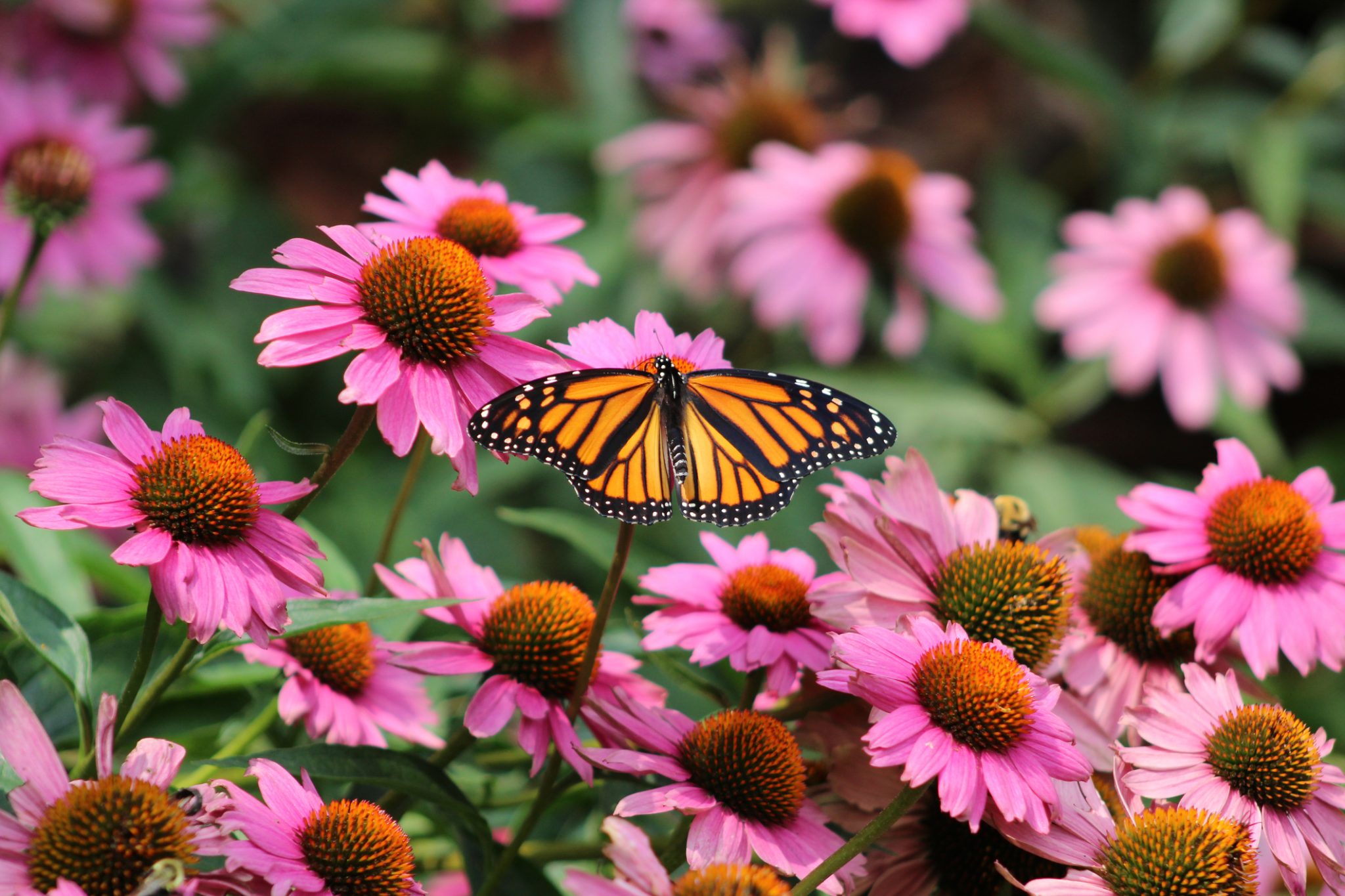
Welcoming Alabama’s Native Pollinators: A Guide to Bees, Birds, and Butterflies
Birds, bats, bees, and bugs may seem small in size, but their role in the natural world is enormous. These native pollinators keep Alabama wildlife thriving, support the growth of flowers, fruits, and vegetables, and bring vibrant life to our landscapes. Without them, many of the foods we eat and the plants we enjoy would disappear.
Shoal Creek’s unique setting, with its valleys, forests, and gardens, provides an ideal environment for welcoming these vital creatures while giving residents the chance to enjoy the benefits of living in harmony with nature. That’s why we’ve created this guide to help you get to know your local pollinators a little better.
Why Native Pollinators Matter in Alabama
Pollination is the process of transferring pollen from one flower to another, allowing plants to reproduce. Many people immediately think of honeybees, but pollinators are a diverse group.
In Alabama, native pollinators include bees, butterflies, moths, beetles, hummingbirds, and even bats. Each of these species plays a unique role in helping plants grow, set fruit, and spread across landscapes.
Our Uniquely Lush Landscapes Need Extra Support
Alabama is one of the most biodiverse states in the country, and its pollinators reflect that richness. From ruby-throated hummingbirds hovering above bright flowers to monarch butterflies stopping by on their long migration, the array of pollinators here is both impressive and essential.
In fact, researchers have noted that over 80% of flowering plants depend on pollinators for reproduction. Without them, the state’s forests, farms, and gardens would look very different.
Meet the Key Players: Pollinators That Keep Things Blooming
Bees
Alabama is home to hundreds of native bee species, including bumblebees, sweat bees, and mason bees. Unlike honeybees, which were introduced from Europe, these native bees evolved alongside local plants and often pollinate more efficiently. Bumblebees, for instance, perform a unique “buzz pollination” that helps certain plants release their pollen.
Butterflies and Moths
Butterflies like the eastern tiger swallowtail and the monarch are common sights in Alabama gardens. Their striking colors bring beauty to the landscape while their feeding habits support plant reproduction. Moths, often overlooked, also play a significant role, especially at night.
Birds
The ruby-throated hummingbird is the only hummingbird that breeds in Alabama. Its rapid wingbeats and ability to hover make it perfectly suited to pollinate tubular flowers such as trumpet vine and bee balm.
Bats
Though less visible than bees and birds, bats are important pollinators, especially of night-blooming plants. They also help control insect populations, creating a balanced ecosystem.
Other Insects
Beetles and flies also contribute. While they may not be as glamorous as butterflies, their feeding and movement across flowers help spread pollen.
How to Attract Native Pollinators
One of the most rewarding aspects of living in Shoal Creek is the opportunity to build a landscape that supports local wildlife while enhancing your property’s beauty. Thoughtful landscape design creates spaces where pollinators can thrive, offering residents daily encounters with the rhythms of the natural world.
Build a Pollinator-Friendly Garden
Planting native flowers is the most effective way to attract pollinators. Alabama gardening experts recommend species like purple coneflower, black-eyed Susan, goldenrod, and milkweed. These plants provide nectar and pollen throughout the growing season and are well adapted to the local climate.
Provide a Water Source
A shallow birdbath or small fountain gives pollinators a place to drink and cool off. Adding a few stones or pebbles helps butterflies and bees land safely.
Create Shelter
Leave patches of bare soil for ground-nesting bees, or add brush piles and log stacks for insects that prefer sheltered spots. Incorporating a mix of trees, shrubs, and perennials provides a year-round habitat.
Avoid Chemicals
Pesticides and herbicides can harm pollinators directly or reduce the plants they depend on. Choosing natural gardening methods protects both your plants and the creatures that visit them.
Observing Pollinators Safely
Part of the joy of living close to nature is observing wildlife in action. Watching a hummingbird dart between blossoms or a monarch unfurl its wings can feel magical. That said, respectful observation is important. Some pollinators, such as bees and bats, are best appreciated from a distance. By giving them space, you allow them to perform their work without disruption while keeping yourself safe.
Binoculars, long-focus cameras, or simply a quiet bench near a flower bed offer ways to enjoy pollinator activity without interfering. Children can be encouraged to watch butterflies and hummingbirds closely but should be taught to leave bees and other stinging insects undisturbed.
Long-Term Benefits of Supporting Pollinators
Investing in pollinator-friendly landscaping does more than create a beautiful garden. It helps sustain local ecosystems, improves food production, and strengthens biodiversity. Gardens that welcome pollinators often require fewer inputs, as the natural interactions between plants and insects create resilience. Over time, this approach supports healthier soil, stronger plants, and an outdoor environment that feels alive.
For families, a pollinator garden becomes a living classroom. Children learn how bees help blueberries grow, why butterflies are drawn to certain flowers, and how Alabama wildlife depends on the smallest creatures. These lessons inspire stewardship and a deeper appreciation for the land around them.
Creating Your Pollinator-Friendly Home in Shoal Creek
As you explore available homes for sale or consider lots for sale, think about how your outdoor spaces might welcome pollinators. Whether through native plants, intentional garden design, or natural forest landscaping, you’ll be helping shape a thriving environment for both people and wildlife.
Life in Shoal Creek offers the rare chance to combine luxury living with a deep connection to nature. By inviting native pollinators into your landscape, you’re adding beauty, vitality, and sustainability to your home and the community as a whole.
Start Your Next Chapter Surrounded by Beauty and Wildlife
Bring your vision of a pollinator-friendly haven to life at Shoal Creek. With a variety of homes and land lots for sale, you can create outdoor spaces that support native wildlife, from blooming gardens to forest retreats. Choose to design your dream home from the ground up or move into a thoughtfully crafted custom home surrounded by nature.
Discover more by visiting our homes for sale and land lots for sale pages, or reach out to our team at (205) 991-4653.
Interested in Living at Shoal Creek?
Request an appointment to visit our luxury community today.



